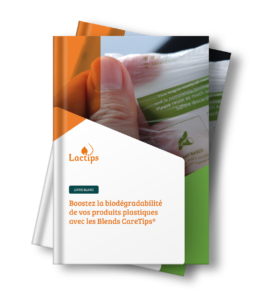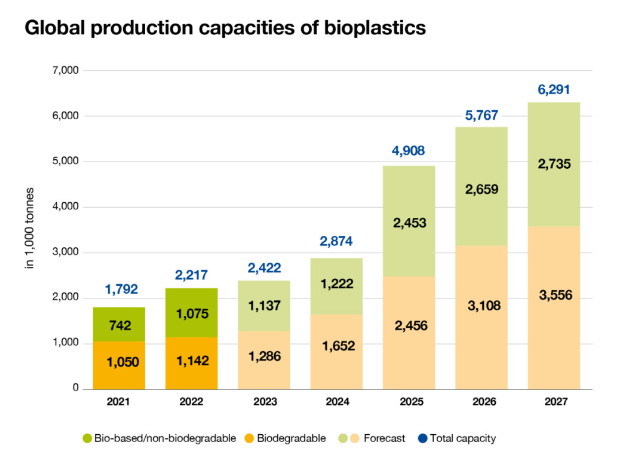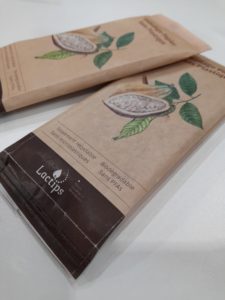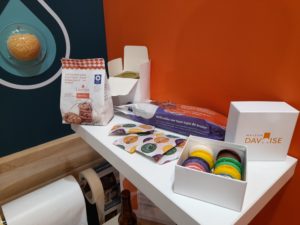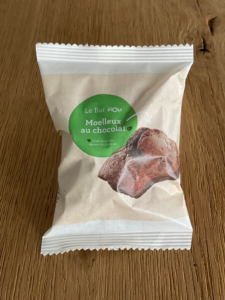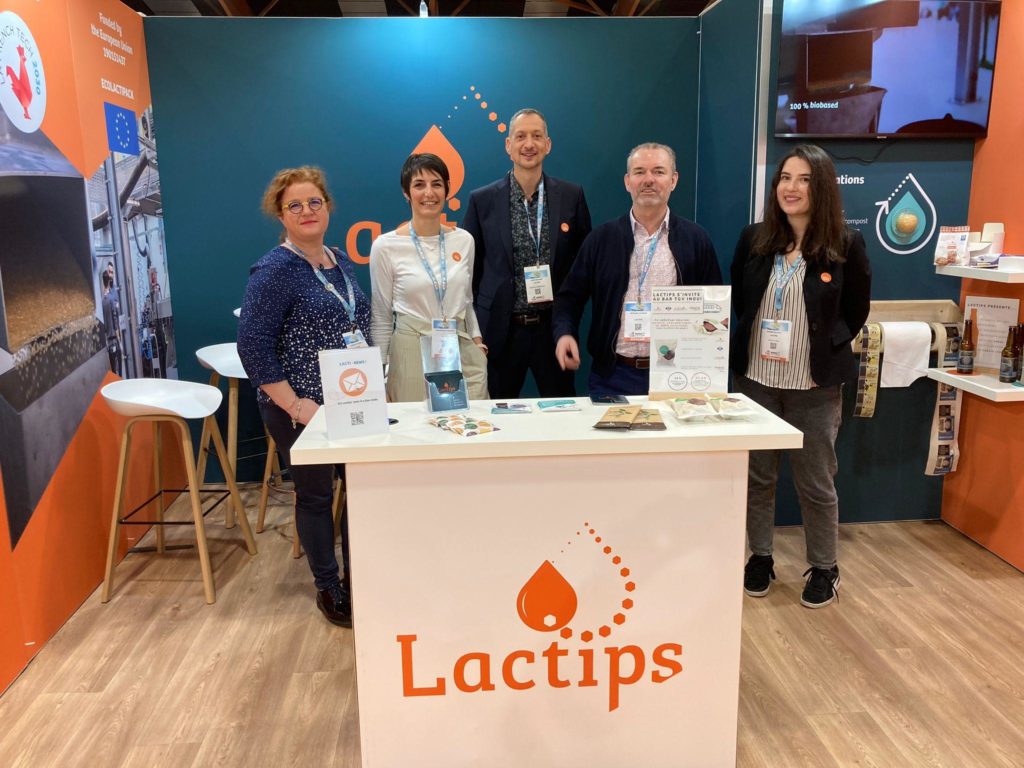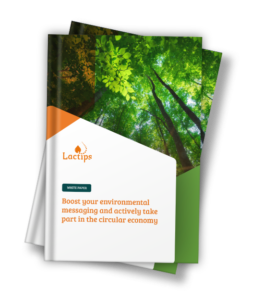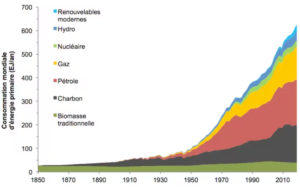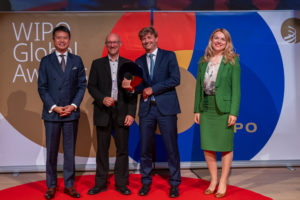Lactips, a French company specialising in the production of natural polymers that are 100% biobased, water-soluble and biodegradable in various environments, and Walki, a leading Finnish packaging converting company, announce that they have entered into a Joint Development Agreement (JDA) with the aim of creating fully biodegradable, plastics-free food packaging using natural polymers recyclable in the paper stream.
A partnership creating sustainable value for the packaging industry
The EU has taken the lead in addressing the growing plastic waste problem with the Single-Use Plastics (SUP) directive, pushing customers in the food packaging industry to find ways to replace traditional fossil-based plastics with biodegradable alternatives. This directive targets single-use plastics that are typically used once and then discarded such as yoghurt cups, single-use contents and snack pouches.
In this context, the packaging industry is innovating and partnering to support its sector in this transition. Lactips and Walki share this commitment to innovation for sustainable, environmentally friendly growth, and have decided to join forces through a Joint Development Agreement (JDA) to develop a paper-based food packaging material with a natural polymer coating.
« We are proud to collaborate with Walki to create innovative, fully recyclable solutions in paper stream for the food packaging industry. This partnership combines our expertise in formulation and development of natural polymers with Walki’s state-of-the-art production capabilities, marking an important step towards reducing plastic waste and advancing circularity in packaging solutions. We are delighted to work with a partner who shares our values of sustainability and environmental responsibility, strengthening our shared commitment to a cleaner, plastic-free future. » – Bertrand Dupeyroux, VP Sales & Marketing at Lactips.
« This partnership is a win-win. We appreciate the speed and innovation that Lactips as a startup comes with and are happy to provide our expertise and state-of-the-art production lines for piloting the solutions », – Annika Sundell, Executive Vice President, Consumer Packaging and Innovation & Sustainability at Walki Group.
A successful partnership initiated in 2022
Since 2022, Lactips and Walki have been working together to develop a grade adapted to Walki’s transformation process in order to address the European and Asian flexible and solid packaging markets with a natural, recyclable in the paper stream and/or home compostable solution.
As part of this new agreement, Lactips will provide Walki with new, unique formulations of natural polymer, while Walki will ensure meeting market requirements in terms of properties and processability of the final packaging products. At the end of this final phase, the new products could be brought to market as early as 2025-2026.
“Since 2022, the date of our first tests, we have been working together with Walki’s teams to develop a high-performance solution from both a technical and economic point of view. Over the last two years, tests have been stepped up to make the solution processable on Walki’s processing line. This new stage in our collaboration is the culmination of an ambitious collaborative project that we at Lactips are particularly proud of” – Benoît Berny, Product Innovation Manager at Lactips.
“When you process milk, you end up with casein as a side stream. Lactips has developed this casein into a bio-based natural polymer that is 100% biodegradable. Finding the optimal material that protects the food from being spoilt while still being fully biodegradable is challenging. Casein ticks all the boxes when it comes the SUP regulation” – Mats Käldström, Manager, Development & Innovation at Walki Group.

About Lactips
Lactips is a leader in the world of natural polymers that develops, produces and sells plastic-free, 100% biobased plastic that is water-soluble and completely biodegradable in all environments. The unique properties of Lactips products make them an ideal response to environmental challenges in the packaging and labelling markets, as well as for all products related to agriculture and outdoor sports.
The company was founded in 2014 on the basis of research work carried out by Frédéric Prochazka, PhD, a research professor at Université de Saint-Etienne (UMR CNRS 5223). Lactips made a major transition to an industrial company in 2022 by opening its first production unit and welcoming Alexis von Tschammer as CEO and Bertrand Dupeyroux as Director of Sales & Marketing. Lactips now has 45 employees.
About Walki Group
Walki transforms materials for a circular future and towards a sustainable society by extending products life cycle and embracing resource efficiency. We are an industry leading advanced materials conversion specialist delivering transformative, sustainable solutions to solve the most demanding challenges in packaging and the built environment. Walki is a growing international group organized in three business areas: Consumer Packaging, Packaging Materials and Engineered Materials, with operations in eleven different countries, both in Europe and Asia. In 2023, the Group’s annual turnover was approx. 627 million euros employing around 1700 people.
| Media contacts Lactips | |
| LACTIPS
Charlène BÉAL-FERNANDES/Clara MONTMARTIN Tel : +33 4 81 13 04 90 beal-fernandes@lactips.com montmartin@lactips.com
|
CALYPTUS
Céline Bruggeman / Imane Zakari Tel : +33 6 87 52 71 99 lactips@calyptus.net
|
| Media Contact WALKI | |
| Annika Sundell
Executive Vice President, Consumer Packaging and Innovation & Sustainability Email: annika.sundell@walki.com Tel : +358 40 845 9072
|
|


